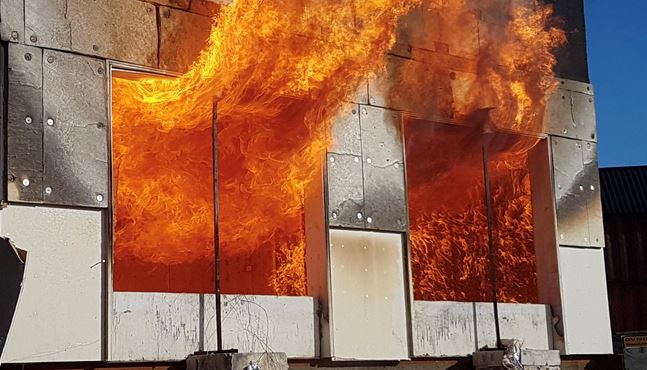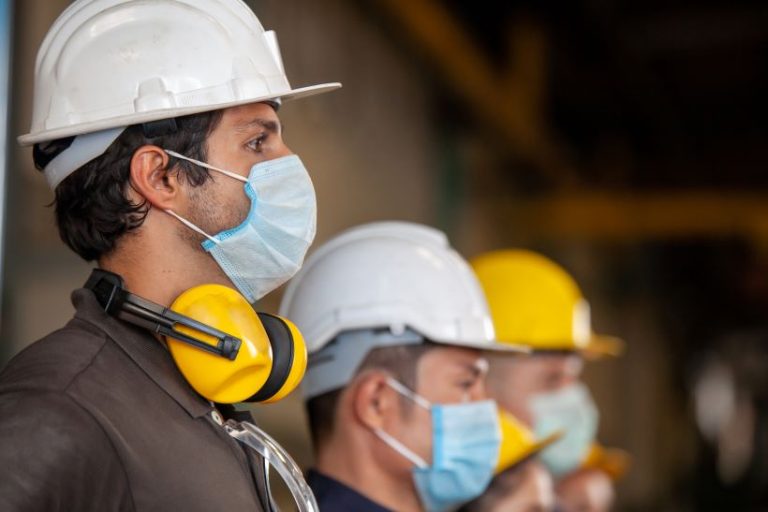Much like within the architecture sector, contractors within the building engineering services sector maintain a positive outlook, with turnovers reported to have increased over 6 months up to last December (reported by BESA). The growth showcases the present state of the sector and its capacity to grow amidst unreliable economic climate; however, as always, there is more to it than that. Over the period, it has been reported that the frequency of enquiries and order books had in fact slowed down as compared to the previous 6 months, with tender prices, yes, rising over the period, but at a slower rate than previously. Combined with a reported rise in material and labour costs, the figures do call into question how the industry will fare in the coming years, however the present state of the sector remains wholly positive. As has been the case for some time within the construction industry, late payments remain a major challenge for businesses, though the situation is reported to have improved marginally. Late payments, in effect, making budgeting and cashflow a severe concern for contractors, remains one of the key factors impeding the growth of businesses, combined with the widely reported labour shortages in comparison to the demand for skilled labour – such as building and quantity surveyors, planners and design engineers. Though the figures do highlight a slowing down of growth across the market, the two aforementioned challenges may indeed be amongst the most prominent factors holding the industry back from achieving further growth and, as such, businesses are increasingly urged to assist in the labour shortages through apprenticeship schemes, training and improving awareness of the opportunities actually available in the industry. After all, it is the next generation of engineers which will define the future of the industry itself. In contrast, the upcoming deadline for businesses to take up Level 2 BIM across any and all public sector works does not appear have drastically impacted the industry as feared, with only a minor reduction in BESA members undertaking such projects (31%, down from 33%). But, of course, in building for the industry of tomorrow, the power is in the hands of businesses to act now in a bid to overcome some of the modern industry challenges, with movements towards addressing the lack of skilled labour being amongst the more important. Jim Marner, President of BESA commented: “The issues of skills shortages, labour costs, and the movement of resources, modern methods of design, project risk, procurement and quality control will all become even more significant in the coming months.” As such, contractors are urged to step up and make a difference.










